Things You Might See in a Newborn
To prepare for my upcoming week in the neonatal nursery for my pediatric rotation, I’ve decided to put together this list of common and not-so-common conditions that one may see in the newborn. When babies are born, you may see things here and there that might worry you. However, not all abnormal findings are bad and many of them go away. Other conditions will need immediate treatment. Here are some normal and abnormal variants that you may find on a newborn baby:
Disclaimer: Below I’m going to be showing some pictures I found on the internet of medical conditions that is completely educational for med students, so make sure you are comfortable viewing them before reading the rest of this post.
Cutis Marmorata – Latin for “Marbled Skin,” this skin condition often appears in newborns for the first few months of life. It looks lacy, like the pattern on marble. It appears because the newborn often does not have well developed nerves to the capillaries under the skin, causing some capillaries to dilate while others to constrict, particularly in cold temperatures. It’s usually fine and not something to worry about.
Nevus Simplex aka “Salmon Patch” aka “Stork Bite”– This is a type of birthmark that is commonly found on the face, eyelids, forehead, nose, and the back of the neck. If on eyelids, it’s often called “angel kisses,” which sounds a lot nicer than getting bitten by an angry stork. They are just blood vessels close to the skin. They usually go away after a year and a half or so, and does not require treatment. 50% babies born with this.
Port Wine Stain – These are unilateral birth marks often along trigeminal dermatome distributions. Unlike nevus simplex, they do not go away. They are associated with MR and seizures. Laser treatment has so far been the most successful way to remove it.
Strawberry hemangioma – These can be found anywhere on the body, and may not necessarily be present right at birth. They start as macules, then grow larger and larger for a few years, then resolves by itself, and therefore treatment is not necessary. If it grows smaller, it is not a hemangioma. If it grows in the airway, it can cause increasing, progressive stridor (over the years) even at rest.
Mongolian Spot (congenital dermal melanocytosis) – bluish dark spot that is mostly found in lumbosacral area. You find it in all races, not just Mongolians! It is often confused with child abuse, but unlike bruises, it does not fade away into surrounding skin. Instead it has clear-cut margins.
Erythema toxicum – This is a very common erythematous, pustular rash that appears a few days after birth and resolves itself within a few days. It is often migratory, meaning it may show up at different places over time. It is often confused with herpes simplex, but it is more pustular rather than vesicular. Otherwise baby is fine and healthy (vs scalded skin from staph). The name sounds horrible, and when you first tell parents this, they freak out, but it is not bad at all. The cause is unknown and no treatment is necessary.
Staph Scalded Skin – Caused by staph aureus. Happens mostly in neonates and young children. Diagnose with culture (from conjunctiva, nasopharynx, feces, or skin) and biopsy (to see intraepidermal cleavage). Nikolsky sign positive. If scrape these, will see neutrophils. Babies very ill. Looks like burn. Can go into shock. To treat, you give an intravenous penicillinase-resistant, anti-staphylococcal antibiotic. Current treatment of choice is Cloxacillin.
Milia – These basically form from dead skin trapped in the pores on your skin, and look like tiny whiteheads. They are often found on the nose. They are really common and usually disappear after a few weeks. They require no treatment. If they are found in the mouth or in the gums, they are called Epstein pearls.
Neonatal Acne – shows up in a week or so after birth. They are caused by a reaction by the baby’s sebaceous glands to circulating hormones from the mom through the placenta. It goes away with time, and no treatment is necessary.
Cataract – If see cataracts in newborn, think TORCHS (particularly congenital rubella syndrome) and galactosemia. But if see white reflex (leucocoria), think retinoblastoma.
Nevus of Jadassohn (nevus sebaceous) – Looks like a hairless patch on the head. It is a well-marked hamartomous lesion of sebacious glands. 15% chance it will become malignant so remove it before adolescence.
Malformations of ear (preauricular pit, preauricular skin tag, microtia) – think renal problems (like potter syndrome), but not always, just associated. Everyone gets universal hearing screening.
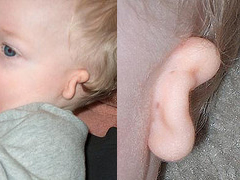
Branchial Cleft Cyst – derived from remnants of branchial cleft. It is located on the lateral neck and does not move when you swallow (vs thyroglossal duct cyst). If it gets infected, treat with antibiotics and then remove to prevent reinfection.
Torticollis – Torticollis just refers to abnormal head posture. Sometimes, you may see a baby that is born with a twisted neck and the head is tipped to one side, usually due to a shortened, knotted Sternocleidomastoid muscle. It may be due to growing up in the womb in the wrong position or injured muscle or blood supply to the neck during development. The head tilts towards the affected side. To treat, do some passive stretching and positioning, and start before 3 months of age. Torticollis can also be caused by visual problems (Trochlear palsy) in which the patient tilts the head to see better.
Neonatal Breast hypertrophy – This is caused by a heightened release of prolactin from the pituitary of the newborn due to the falling estrogen from the mother during the end of pregnancy. You see it in both male and female newborns, and it is very common. The breast may discharge liquid. It resolves within a few weeks and no treatment is necessary.
Supernumerary nipples – these are just extra nipples, and are more common than you think. They are often mistaken as moles. No treatment necessary. Some parents might worry that they might develop into breasts, but just reassure them that they don’t.
Pectus excavatum – funnel chest. Usually no problem, and gets better over adolescents by itself. If extreme, can compress on lungs or heart and lead to cor pulmonale, but rare.
Pectus Carinatum – Latin for “keel chest.” Also known as pigeon chest. Usually no problems, unless severe in which bracing or surgery may help.
Undescended Testicles – if doesn’t come down by 1 year old, then get surgery. Higher risk of carcinoma of testes if not taken care of. Make sure to distinguish this from retractile testicles, which is due to hyperactive cremasteric reflex. Unlike undescended testicles, retractile testicles comes down in warm water.
Pediatric inguinal hernia – This happens when the processus vaginalis fails to fuse during development, causing abdominal contents to herniate through the inguinal canal, as well as causing a communicating hydrocele and abdominal cavity fluids flow into the scrotum. Happens more in males than females, and the risk is greater in premature infants. Most common on right side because of the natural delayed descent of the right testicle. As inguinal hernias do not heal on its own, surgery is needed as soon as the diagnosis is made.
Diastasis Recti – This is when the abdominal muscles fail to fuse together at the midline. Most of the time, as the baby grows, the abdominal muscles will eventually grow and close up the gap by age 5, and therefore you won’t need any treatment. However, there is a risk of abdominal hernia, and if it is irreducible, surgery may be necessary.
If anyone has any other suggestion as to what to look out for, let me know!

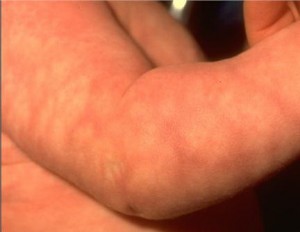
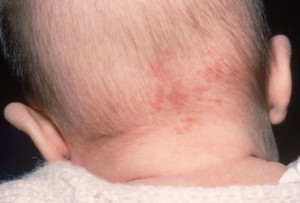
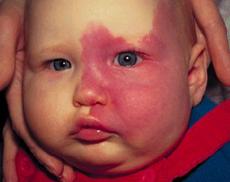
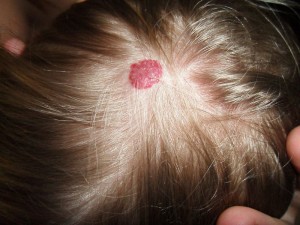
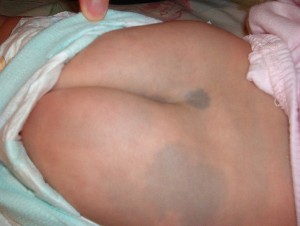
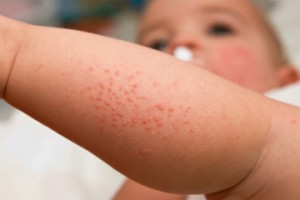
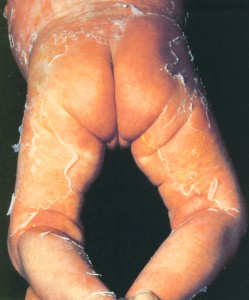
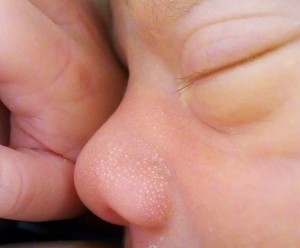
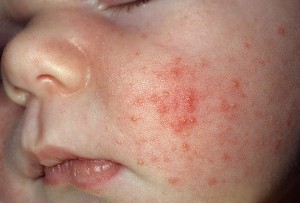
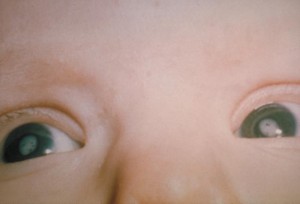
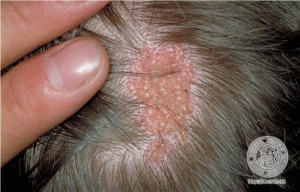
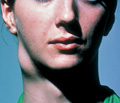
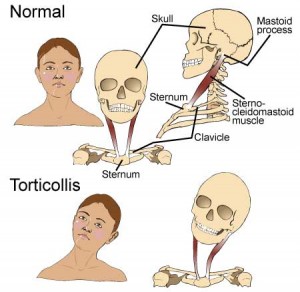
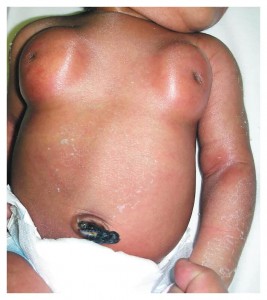
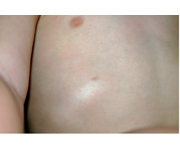

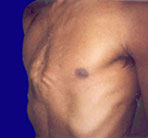

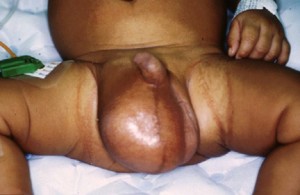









Great job, really. Lots of ppl just put so much bla bla and no pictures. It feels great to finaly have a web site that has pictures of what they are talking about. Great job